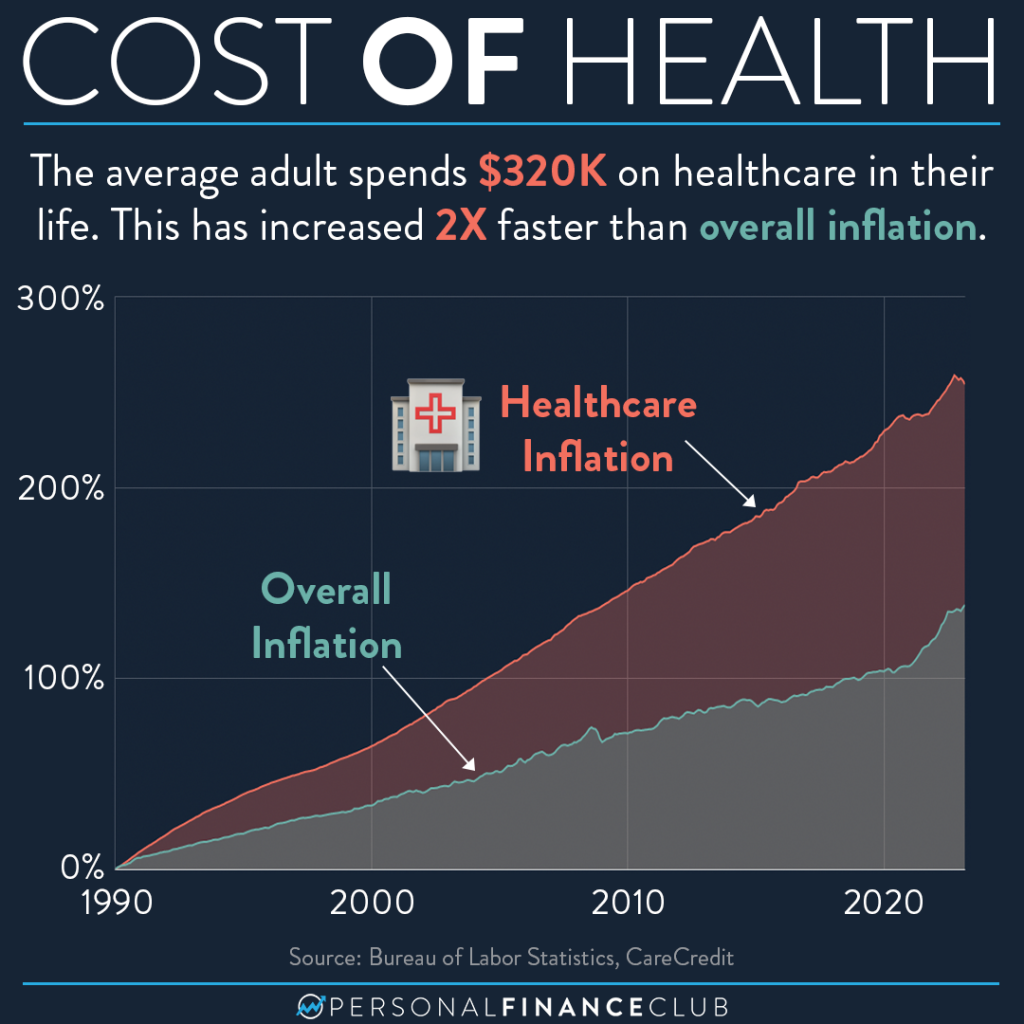Just How to Apply Healthcare RCM for a Smooth Earnings Cycle
Just How to Apply Healthcare RCM for a Smooth Earnings Cycle
Blog Article
A Comprehensive Guide on Exactly How Health Care RCM Works to Simplify Billing and Collections
Navigating the complexities of healthcare profits cycle monitoring (RCM) is crucial for carriers intending to enhance their payment and collections procedures. The guide unboxes the details of RCM, from individual registration to balance dues monitoring, using insights right into enhancing each action. Incorporating sophisticated innovation and standard procedures can significantly decrease case rejections and increase repayment cycles. Yet, real difficulty exists in seamlessly combining these aspects to boost cash flow. As we discover the core elements and techniques that drive performance, one inquiry remains: just how can health care entities finest setting themselves to thrive economically in an ever-evolving market?
Recognizing Earnings Cycle Administration
Understanding the ins and outs of Revenue Cycle Administration (RCM) is important for health care companies aiming to maximize their economic performance. RCM is a crucial management feature that includes the entire financial process of patient treatment, from the first visit readying to the final settlement of the balance. It is a complex procedure made to determine, accumulate, and manage the revenue from the services given to clients. Reliable RCM guarantees that doctor get precise and timely repayments, decreasing the danger of profits loss and enhancing capital.
The RCM process begins when a patient timetables a visit and extends with the individual's care journey, consisting of payment and collections. A crucial goal is to lower the time between giving a service and obtaining settlement, therefore boosting the organization's monetary health and wellness. RCM includes different features such as individual registration, insurance coverage confirmation, charge capture, coding, claims submission, settlement publishing, and taking care of allures and rejections.
Secret Parts of RCM
In the world of Income Cycle Management (RCM), understanding its vital elements is essential to accomplishing economic performance within healthcare companies. RCM is an extensive procedure that encompasses various phases, each important to making certain reliable billing and collections. The primary components include person registration, insurance verification, cost capture, coding, insurance claim submission, repayment publishing, and receivable administration.


When coded, cases are submitted to payers, where precision is critical to prevent delays or beings rejected - Healthcare RCM. Settlement posting entails recording the gotten settlements, which enables the reconciliation of accounts. Lastly, receivables monitoring concentrates on tracking and resolving overdue claims, ensuring prompt follow-up and resolution
Each part of RCM is interconnected, and inefficiencies in any component can interfere with the entire cycle. As a result, grasping these elements is essential for health care providers to maximize revenue and enhance their financial wellness.
Techniques for Effective Invoicing

Systematizing payment treatments across the company is another vital approach. Establishing clear standards for documentation, coding, and submission helps keep uniformity and compliance with regulative demands. Training staff routinely on these procedures ensures every person is updated with the most recent adjustments in invoicing codes and payer plans.
Exact cost capture is important in avoiding earnings leakage. Carrying out regular audits and surveillance systems enables for the recognition and modification of discrepancies prior to they influence revenue. In addition, maintaining open lines of interaction with payers helps to rapidly resolve any type of disputes or misunderstandings that may emerge.

Finally, appealing people early in the billing procedure by giving clear quotes and educational materials look here concerning their financial duties can considerably minimize confusion and boost settlement timeliness. These strategies collectively add to a more financially healthy and efficient payment system.
Enhancing Collections Processes
A robust collections procedure is important for keeping financial stability within health care companies. Given the complexities of clinical invoicing and the selection of payer demands, boosting the collections process involves executing critical procedures that ensure exact and prompt settlement of solutions rendered. Central to this is the use of modern technology to automate and improve procedures, decreasing hand-operated errors and enhancing performance. Automation devices can aid in tracking insurance claim conditions, sending prompt reminders to patients, and taking care of rejections better.
Clear and clear client communications are essential. Supplying comprehensive descriptions of costs and using flexible settlement plans can increase person contentment and timely payments.
Normal audits of the collections process ought to be conducted to identify locations for renovation and ensure conformity with policies. By assessing data, medical care companies can identify fads, anticipate possible concerns, and adapt approaches accordingly (Healthcare RCM). Ultimately, a well-enhanced collections procedure not just sustains monetary health and wellness yet additionally adds to a more smooth experience for individuals and staff alike
Optimizing Profits Streams
Building upon the foundation of a solid collections process, healthcare organizations can additionally strengthen their economic security by tactically content enhancing earnings streams. This entails a multi-faceted method, beginning with a detailed analysis of existing earnings resources to determine inadequacies and areas for growth. Utilizing advanced data analytics devices makes it possible for organizations to gain insights right into payer mix, patient demographics, and solution application patterns, enabling data-driven choices that enhance profits capture.
Carrying out automated billing systems can considerably reduce mistakes and speed up cases processing, guaranteeing that income is collected much more effectively. Furthermore, enhancing payer contracts with normal negotiations can boost repayment rates and terms, directly affecting the bottom line. Branching out service offerings, such as integrating telehealth or health programs, can additionally attract a more comprehensive individual base, hence raising profits potential.
One more crucial part is enhancing client engagement and satisfaction, as satisfied people are most likely to adhere to treatment plans and make prompt payments. Supplying flexible repayment options and transparent invoicing practices can boost collections and foster client commitment. Healthcare RCM. By adopting these approaches, medical care companies can produce a much more durable economic structure, ensuring sustained growth and security in an ever-changing industry landscape
Verdict
To conclude, health care Income Cycle Management (RCM) plays a vital function in maximizing payment and collections procedures by incorporating vital components such as patient registration, insurance policy verification, fee capture, coding, claims entry, and accounts receivable management. By using advanced modern technology, systematizing treatments, and promoting individual involvement, doctor can considerably minimize insurance claim rejections, speed up repayment cycles, and improve capital. This detailed technique to RCM ultimately leads to boosted weblink economic efficiency and sustainability for health care organizations.
The RCM procedure starts when a person timetables a visit and prolongs with the patient's treatment trip, including payment and collections.Another vital component is boosting individual involvement and satisfaction, as satisfied people are more most likely to adhere to therapy plans and make timely payments. Providing adaptable payment choices and clear payment practices can boost collections and foster person loyalty.In final thought, healthcare Income Cycle Management (RCM) plays an important role in enhancing invoicing and collections processes by incorporating key parts such as individual enrollment, insurance verification, charge capture, coding, asserts entry, and accounts receivable administration. By using sophisticated innovation, systematizing procedures, and promoting client interaction, health care providers can substantially reduce insurance claim rejections, increase payment cycles, and boost cash flow.
Report this page